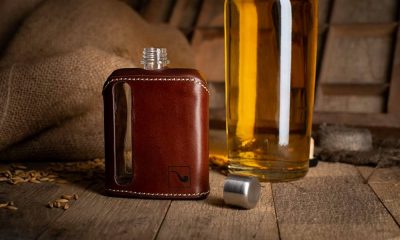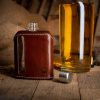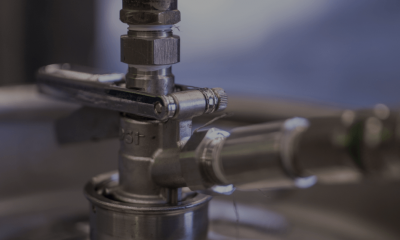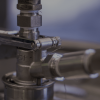Food & Drinks
The Art and Science Behind Choosing The Right Wine Bottle
Choosing the right bottling for your wine is a bit complex process that involves considering factors such as bottle size and shape, glass colour, bottle closures etc. These aspects of the selection process can significantly impact the ageing process and the final flavour of the wine.
Additionally, the wine bottle design communicates a visual story but it also sets the expectations for the sensory journey. Therefore, understanding the importance of thoughtful bottle selection can significantly contribute to preserving the wine’s quality and elevating the overall wine enjoyment.
Things to Consider When Selecting the Right Wine Bottle
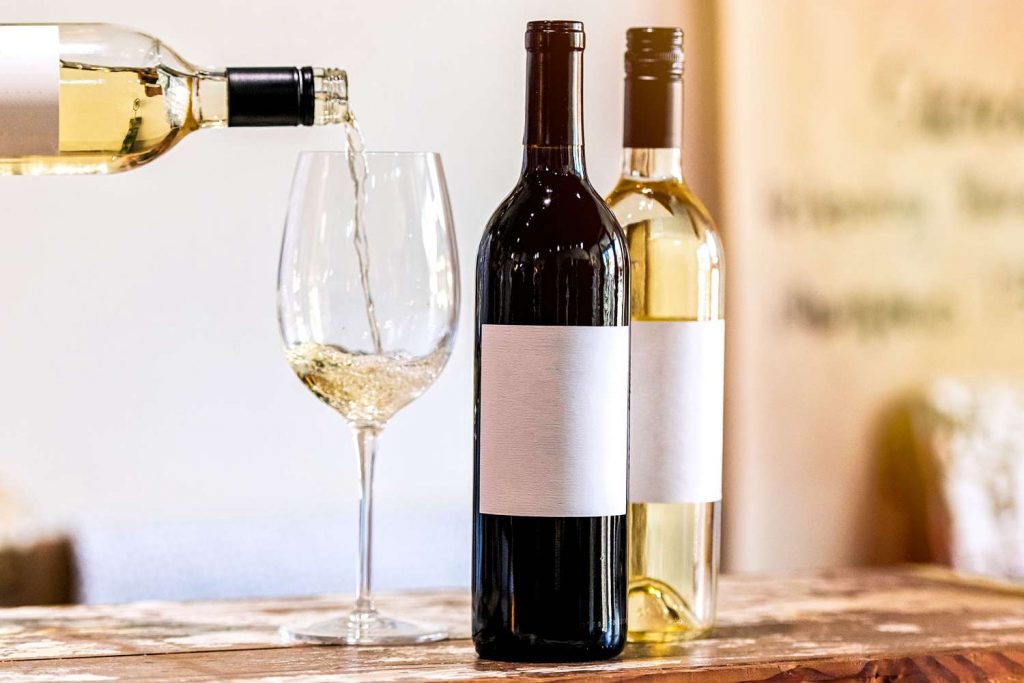
Bottle Size
The size of the wine bottle affects the maturation process which is directly correlated with how the wine tastes. The ageing of the wine happens due to the oxidisation process, which needs to happen at a slower rate because when the oxidisation happens too quickly, the wine may spoil.
So, the question is, how does the size of the bottle affect the maturation? Oxidisation happens when oxygen is diffused inside the bottle through the cork and it diffuses evenly through the wine. The time during which the oxygen reaches the whole wine is the process of ageing, therefore, the larger the bottle, the slower the oxidisation and vice versa.
Furthermore, larger format bottles have a higher volume of wine, which tends to provide a more stable temperature and thus deliver steady and slower maturation. Whereas, in small bottles, the temperature fluctuations may happen too quickly, which can negatively affect the ageing of the wine.
However, the steady evolution of the wine does not solely depend on the bottle size. Another factor plays in the rate at which a certain wine ages and that’s the ullage.
The term is used to describe the space between the surface of the wine and the bottom of the cork. The space between these two parameters indicates the rate at which maturation happens. The longer the diffusion continues, the more space will fill up the area between the top of the wine and the underside of the cork, thus, the larger the ullage. This means that the larger the ullage, the slower the ageing.
However, the type of wine and grape variety as well as the intended style can also dictate the size of the bottle winemakers will choose. Overall, the right bottle can significantly enhance the taste and the benefits of drinking wine.
Glass Colour and Transparency
Although wine bottles come in various colours, the most two common are amber and dark green. So far, dark green bottles have been used for red wines and amber bottles for white wines that lean more on the sweet note.
However, depending on the type of wine, other colours of bottles are utilised accordingly. For instance, light green is used for bottling dry white wines, while Champagne is stored in dark to medium green bottles. Darker colours serve as a UV protectant, preventing damage to the wine. For example, brown amber bottles offer the best protection due to their ability to filter out 97-98% of the light wavelengths.
However, when it comes to Rose Champagne, the wine is typically stored in a green bottle or a transparent colourless bottle. The lighter colours of bottles or pure transparent bottles indicate that the wine is meant for immediate consumption.
Neck Finish Type
The length of the bottleneck can influence the wine’s exposure to oxygen when poured into a glass. That means that a longer bottleneck provides a longer distance for the wine to travel to the top of the neck, thus, allowing more aeration. This can affect the flavour of the wine, particularly when it comes to some delicate wines that may be sensitive to oxidation.
Another way that the length of the neck affects a wine is the ageing process. Longer bottlenecks tend to provide slower and more steady maturing of the wine when compared to bottles with shorter necks.
Additionally, some older red wines tend to have sediment. In this case, winemakers go typically for bottles with longer necks, to minimise the transfer of sediment from the bottle into the glass when pouring.
Bottle Closures
The type of bottle closure can affect the wine’s maturation and preservation. There are several types of wine bottle closures and each has its effects on the wine:
- Natural corks (derived from cork oak trees) provide a gradual oxygen exchange which helps the graceful ageing of the wine. However, the risk with natural corks is the occurrence of cork taint which can alternate the wine flavour.
- Synthetic corks resemble the natural corks in aesthetics but typically offer more consistent quality. They provide somewhat controlled oxygen exchange and do not stain.
- Aluminium screw caps provide an airtight seal and are very effective at preventing oxygen from entering the bottle. They are typically used for wines that are meant for early consumption.
- Aluminium plastic caps have a sleek design that provides a visual appeal. They’re an effective sealing solution ensuring airtight closure. They are most commonly used for wines meant for immediate enjoyment.
- Plastic caps are convenient and easy to open, and ensure a secure seal to help preserve the freshness of the wine. Plastic caps are used for wines intended for early consumption.
Types of Bottles Based on Specific Wines
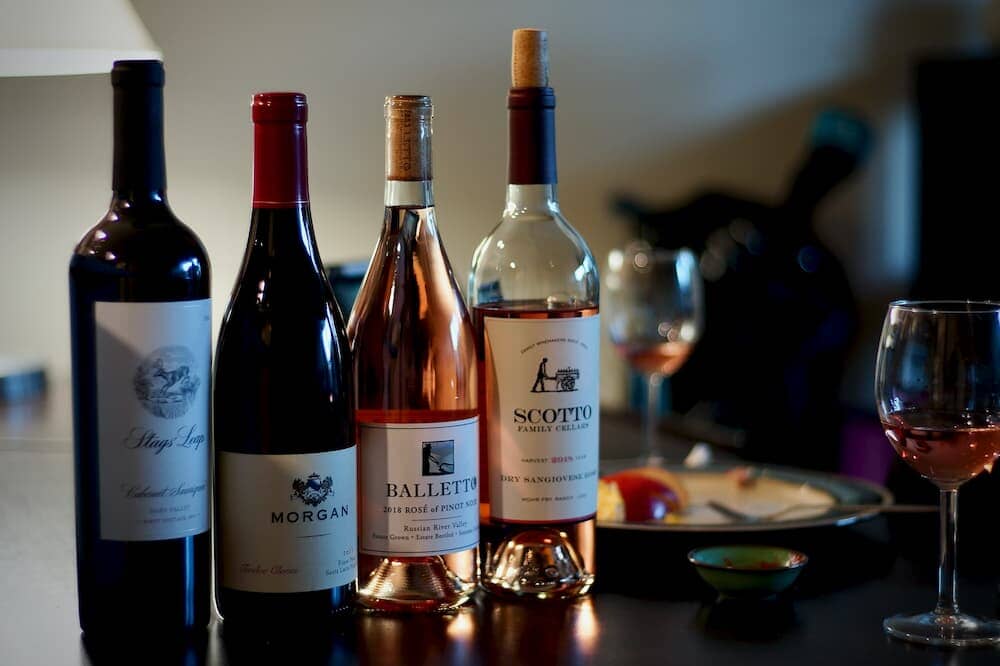
Besides all of the above-mentioned factors, the shape of the bottle often depends on the profile of the wine that winemakers are aiming for.
There are various bottle shapes, and here are several shapes most commonly used:
- Burgundy – this bottle is characterised by soppy shoulders and a wide base. It is specifically designed for the production of Chardonnay wines and Pinot Noir.
- Claret – this classic design features two straight sides and distinct shoulders and is most commonly used for red Bordeaux wines.
- Riesling – as the name suggests, this bottle is used for showcasing the delicate and aromatic characteristics of riesling wines.
- Sparkling – it’s a bottle with a flute shape and is used for storing Champagne and other sparkling wines.
- Specialty wine bottles – they are typically used to house dessert wines, featuring fun and extravagant shapes.
Explore Eco-Friendly Options
If you’re a winemaker who strives to embrace the sustainable production of wines, there are many recyclable bottle options available in the market. Many bottles are made from recyclable materials and opting for these eco-friendly bottles only contributes to a greener future and the well-being of our planet.
Writing for the blog since 2012, Chris simply loves the idea of providing people with useful info on business, technology, vehicles, industry, sports and travel – all subjects of his interest. Even though he sounds like quite the butch, he’d watch a chick flick occasionally if it makes the wife happy, and he’s a fan of skincare routines though you’d never have him admit that unless you compliment his impeccable skin complexion.



